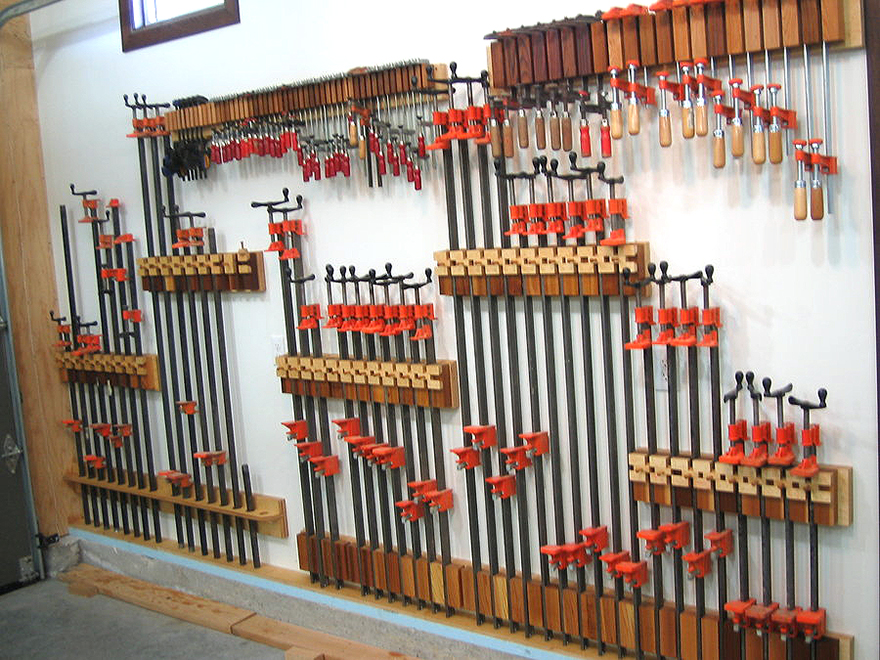![SandyChilewich-QA-1.jpg]()
This is the latest installment of our Core77 Questionnaire. We'll be posting a new interview every other Tuesday.
Name:Sandy Chilewich
Occupation: I'm kind of a hybrid. Designing is a huge part of what I do, but I'm also very involved in the business of design. So I'd say I'm a hybrid of a designer and a businessperson.
Location: Our design studio, customer service, sales and so forth are based in New York City. And then we have a really large facility in Chatsworth, Georgia, where we distribute and do a lot of manufacturing.
Current projects: We're in this kind of weird moment because we're about to start all of our trade shows for the fall 2013 introductions. We're about to photograph spring 2014. And we're designing fall 2014. So my head is always in three places at one time. It's terrible, because it makes your life move way too fast—you're always ahead of yourself.
Mission: Finding underutilized manufacturing processes that I can do something truly original with—but with the caveat that the product is not simply unique or beautiful but that it be functional and accessible, price-wise. I'm always trying to have the widest audience I can without compromising or diluting the aesthetics.
![SandyChilewich-QA-2.jpg]() Left: Sandy Chilewich in her New York City office. Right: The RayBowl, introduced in 1997, was her studio's first effort.
Left: Sandy Chilewich in her New York City office. Right: The RayBowl, introduced in 1997, was her studio's first effort.
When did you decide that you wanted to be a designer? Well, I have a wacko background. I had no idea what I was going to do. I barely got out of high school; I never finished college. I never expected to be a designer. I didn't even know what that was, really. I thought I would maybe be a psychologist, but I didn't really like school.
The one thing that was consistent through my life was that I always did artwork. And when I finally gave up on school, I thought maybe I'd be a fine artist. No galleries brought in my work, but one very important one said, "There's something very commercial about your work."
That made me really unhappy when I heard it, but I found myself taking a lot of the stuff I was doing in my artwork, which was very two-dimensional, and I started to design jewelry. That was in the mid-1970s. And while I was doing that, making my own stuff and selling to some fancy stores in New York, I met a neighbor in a loft building in Noho and we became friendly, and it's a long story but we started a company called HUE, which is still a very well-known brand. It didn't start out as hosiery, but it ended up being a very innovative hosiery company that we built from zero to $40 million when we sold it many years later, in 1991.
When I left HUE I had a lot of ideas, and I introduced the RayBowl. It was a very innovative concept and I got a lot of mechanical utility patents on creating a concavity with a textile. That kind of launched me into the design world. And in my search for other textiles, I discovered this material which I then started a very long love affair with, which is woven vinyl. I introduced my first product using that material in 2000. And I've focused on textiles since that point.
Education: As I told you, I'm a college dropout—and I'm really proud of it. I like to speak to students and tell them, "Listen, education isn't everything."
First design job: I never had a design job. I kind of scratched my way up.
Who is your design hero? There are so many. I love Issey Miyake. I love Lucienne Day. In every discipline I have different favorites. What inspires me is the unexpected, when somebody does something that I've just never seen before. I like originality, wherever that is.
![SandyChilewich-QA-3.jpg]() A preview of Chilewich's new collection, which includes placemats in black-and-white mini basketweave and bouclé textures
A preview of Chilewich's new collection, which includes placemats in black-and-white mini basketweave and bouclé textures
(more...)![]()
![]()
![]()
![]()


































 Walking Shelter photos by
Walking Shelter photos by 




 This was printed with the Mcor Iris; video after the jump...
This was printed with the Mcor Iris; video after the jump...













 Erich Huang (left) and Nils Gustafsson with Just Mobile's
Erich Huang (left) and Nils Gustafsson with Just Mobile's  Just Mobile's latest releases include the
Just Mobile's latest releases include the 








 Left: Sandy Chilewich in her New York City office. Right: The RayBowl, introduced in 1997, was her studio's first effort.
Left: Sandy Chilewich in her New York City office. Right: The RayBowl, introduced in 1997, was her studio's first effort. A preview of Chilewich's new collection, which includes placemats in black-and-white mini basketweave and bouclé textures
A preview of Chilewich's new collection, which includes placemats in black-and-white mini basketweave and bouclé textures








